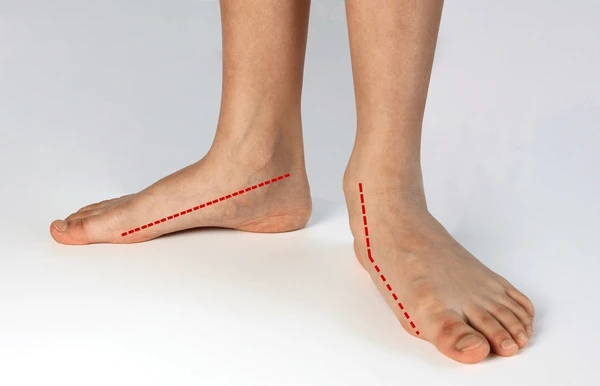Autism Spectrum Disorder (ASD): Symptoms, Causes & Homeopathic Treatment

What is Autism Spectrum Disorder (ASD)?
Autism Spectrum Disorder (ASD) is a neurodevelopmental condition that affects social interaction, communication, behavior, and sensory processing. It is called a “spectrum” because the symptoms and severity vary widely among individuals.
Causes & Risk Factors
While the exact cause of ASD is unknown, research suggests a combination of genetic and environmental factors:
• Genetic predisposition (family history of autism or other developmental disorders)
• Neurological differences affecting brain function and connectivity
• Prenatal factors (maternal infections, exposure to toxins during pregnancy)
• Early-life factors (low birth weight, premature birth)
Common Symptoms of Autism
• Delayed speech and language development
• Difficulty with social interactions and eye contact
• Repetitive behaviors (hand flapping, rocking, spinning objects)
• Strong preference for routines and resistance to change
• Hypersensitivity or hyposensitivity to sounds, lights, textures, or touch
• Limited or intense focus on specific interests
Homeopathic Treatment for Autism
Homeopathy aims to support neurological development, reduce sensory sensitivities, and improve social skills:
• Carcinosin: Helps children with obsessive behaviors, perfectionism, and emotional sensitivity.
• Stramonium: For aggressive or fearful behaviors, night terrors, and speech delays.
• Baryta Carb: Best for children with intellectual delays, shyness, and slow learning.
• Calcarea Carb: Useful for anxious, withdrawn children with slow developmental milestones.
• Natrum Muriaticum: Helps with social withdrawal, difficulty expressing emotions, and sensitivity to criticism.
Supporting Autism Naturally
• Early intervention therapies (speech, occupational, and behavioral therapy)
• Structured routines to reduce anxiety and unpredictability
• Dietary changes, such as a gluten-free, casein-free (GFCF) diet, which may help some children
• Sensory integration activities to manage hypersensitivity
• Encouraging communication through pictures, sign language, or assistive devices

